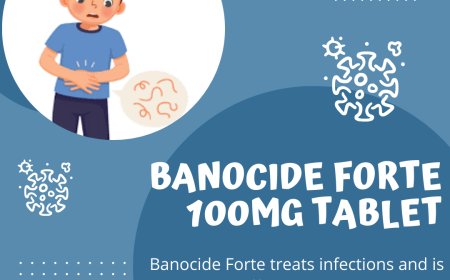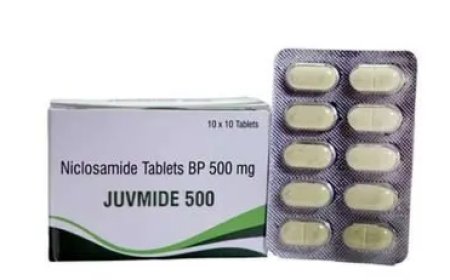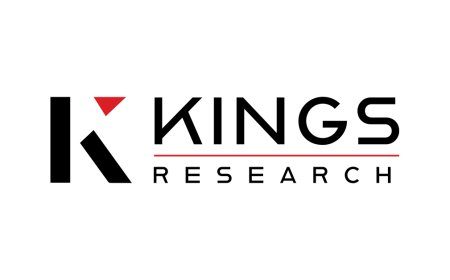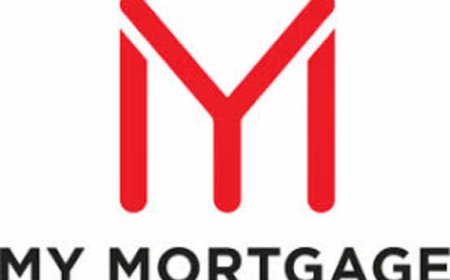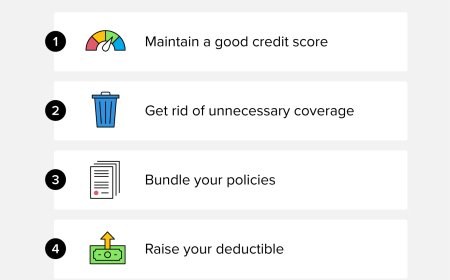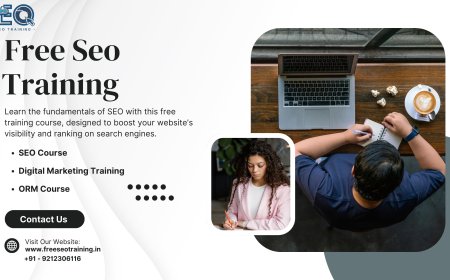How to Write Canadian Style Resume 2025 Template
Introduction In the competitive Canadian job market of 2025, crafting a Canadian style resume that stands out is more important than ever. A well-structured, clear, and professionally formatted resume tailored to Canadian standards can significantly increase your chances of landing an interview. This tutorial will guide you through the essentials of creating a Canadian style resume, including form
Introduction
In the competitive Canadian job market of 2025, crafting a Canadian style resume that stands out is more important than ever. A well-structured, clear, and professionally formatted resume tailored to Canadian standards can significantly increase your chances of landing an interview. This tutorial will guide you through the essentials of creating a Canadian style resume, including formatting tips, content strategies, and up-to-date templates. Whether you are a newcomer, experienced professional, or recent graduate, mastering the Canadian resume style is vital to showcasing your skills and qualifications effectively.
Step-by-Step Guide
Step 1: Understand the Canadian Resume Format
The Canadian resume format is typically concise, clear, and achievement-oriented. Unlike some other styles, Canadian employers favor resumes that are easy to scan, emphasize relevant experience, and avoid unnecessary personal details. The standard length is usually one to two pages, depending on your experience level.
Step 2: Choose the Right Resume Type
There are three main types of resumes used in Canada:
- Chronological Resume: Lists work experience in reverse chronological order. Ideal for those with a consistent work history.
- Functional Resume: Focuses on skills and competencies rather than work history. Suitable for career changers or those with gaps in employment.
- Combination Resume: Merges both chronological and functional formats, highlighting skills alongside a detailed work history.
Choose the type that best fits your background and the job you’re applying for.
Step 3: Include Essential Sections
A Canadian resume should generally include the following sections:
- Contact Information: Name, phone number, email address, and LinkedIn profile (optional). Avoid including personal details such as age, marital status, or photo.
- Professional Summary or Objective: A brief statement summarizing your experience, skills, and career goals.
- Work Experience: List jobs in reverse chronological order, focusing on achievements and relevant responsibilities.
- Education: Include degrees, certifications, and relevant courses, with dates and institutions.
- Skills: Highlight key skills relevant to the position, including technical and soft skills.
- Additional Sections: Depending on your field, you may add sections like Volunteer Experience, Awards, Languages, or Professional Affiliations.
Step 4: Write Clear and Impactful Content
Use action verbs and quantify achievements wherever possible. For example, instead of saying “Responsible for customer service,” say “Managed customer service operations, improving satisfaction ratings by 15%.” Keep sentences concise and focused on results.
Step 5: Format Your Resume Professionally
Use a clean, easy-to-read font such as Arial, Calibri, or Times New Roman, sized between 10 and 12 points. Maintain consistent margins (typically 1 inch) and use bullet points for clarity. Avoid graphics, fancy fonts, or colors that can distract from the content. Save your resume as a PDF to preserve formatting.
Step 6: Customize for Each Job Application
Tailor your resume to the job description by incorporating relevant keywords and emphasizing the most pertinent experience and skills. This increases your chances of passing through Applicant Tracking Systems (ATS) used by many Canadian employers.
Step 7: Proofread and Edit
Review your resume multiple times to eliminate spelling, grammar, and formatting errors. Consider asking a trusted friend or a professional to proofread it as well.
Best Practices
Keep It Concise and Relevant
Canadian employers prefer resumes that are focused and succinct. Avoid lengthy paragraphs and unrelated job experiences. Highlight achievements that demonstrate your ability to succeed in the role.
Use Canadian English
Ensure your resume is written in Canadian English, using appropriate spelling and terminology. For example, use “centre” instead of “center” and “labour” instead of “labor.” This shows attention to detail and cultural alignment.
Be Honest and Accurate
Never exaggerate or falsify information. Canadian employers value integrity, and misrepresentations can lead to immediate disqualification.
Incorporate Keywords from Job Postings
Analyze the job description and include keywords related to skills, qualifications, and industry terms. This helps your resume get noticed by ATS and recruiters.
Highlight Volunteer and Community Involvement
In Canada, community engagement is highly regarded. Including volunteer experience can demonstrate soft skills such as teamwork, leadership, and commitment.
Include Metrics and Results
Quantifying your achievements with numbers, percentages, or other data points strengthens your resume and provides concrete evidence of your impact.
Tools and Resources
Resume Builders
Online tools like Canva, Zety, and Resume.io offer customizable Canadian resume templates that can simplify the formatting process.
Canadian Job Boards
Websites such as Workopolis, Indeed Canada, and Job Bank provide job listings and often include resume writing tips specific to the Canadian market.
Government Resources
The Government of Canada’s official employment website offers comprehensive guidance on resume writing and employment standards.
Language and Proofreading Tools
Use tools like Grammarly and Hemingway Editor to improve clarity, grammar, and readability.
Professional Services
Consider consulting certified Canadian resume writers or career coaches for personalized feedback and advanced resume strategies.
Real Examples
Example 1: Entry-Level Canadian Resume Template
Contact Information
Jane Doe | Toronto, ON | (416) 555-1234 | jane.doe@email.com | linkedin.com/in/janedoe
Professional Summary
Recent graduate with a Bachelor’s degree in Business Administration seeking to leverage internship experience and strong communication skills in an administrative assistant role.
Work Experience
Intern, ABC Corporation, Toronto, ON (Jan 2024 – Apr 2024)
- Assisted in preparing reports and presentations for senior management.
- Coordinated office communications, improving response time by 20%.
Education
Bachelor of Business Administration, University of Toronto, 2024
Skills
- Microsoft Office Suite
- Effective Communication
- Time Management
Example 2: Experienced Professional Resume Template
Contact Information
John Smith | Vancouver, BC | (604) 555-6789 | john.smith@email.com | linkedin.com/in/johnsmith
Professional Summary
Project Manager with over 8 years of experience leading cross-functional teams in the construction industry. Proven track record of delivering projects on time and under budget.
Work Experience
Project Manager, XYZ Construction, Vancouver, BC (May 2018 – Present)
- Managed multiple residential and commercial projects valued at over $10M.
- Implemented risk management strategies reducing project delays by 15%.
Assistant Project Manager, BuildRight Inc., Vancouver, BC (Jun 2015 – Apr 2018)
- Coordinated project schedules and liaised with contractors and suppliers.
- Contributed to safety protocols that decreased workplace incidents by 10%.
Education
Diploma in Project Management, British Columbia Institute of Technology, 2015
Skills
- Project Scheduling (MS Project)
- Budget Management
- Leadership
FAQs
What is the ideal length for a Canadian resume in 2025?
Typically, resumes should be one to two pages long. One page is sufficient for entry-level candidates, while experienced professionals may require two pages to detail their qualifications.
Should I include a photo on my Canadian resume?
No. Canadian resumes generally do not include photos to avoid bias and adhere to privacy standards.
How do I handle employment gaps on my resume?
Be honest and brief. You can use a functional or combination resume format to highlight skills over chronological work history. Additionally, mention any relevant activities such as volunteering or education during gaps.
Is it necessary to tailor my resume for each job application?
Yes, customizing your resume to match the job description increases your chances of passing ATS scans and catching the recruiter’s attention.
Can I include references on my Canadian resume?
It is common practice to omit references on the resume and provide them separately upon request.
Conclusion
Writing a Canadian style resume in 2025 requires understanding local preferences, using clear and concise language, and tailoring your resume to each job application. By following the step-by-step guide and best practices outlined above, you can create a compelling resume that highlights your skills, experience, and achievements in a format that Canadian employers recognize and appreciate. Utilize available tools and resources to enhance your resume, and always proofread carefully to ensure professionalism. With a strong Canadian style resume, you are better positioned to succeed in Canada’s dynamic job market.





